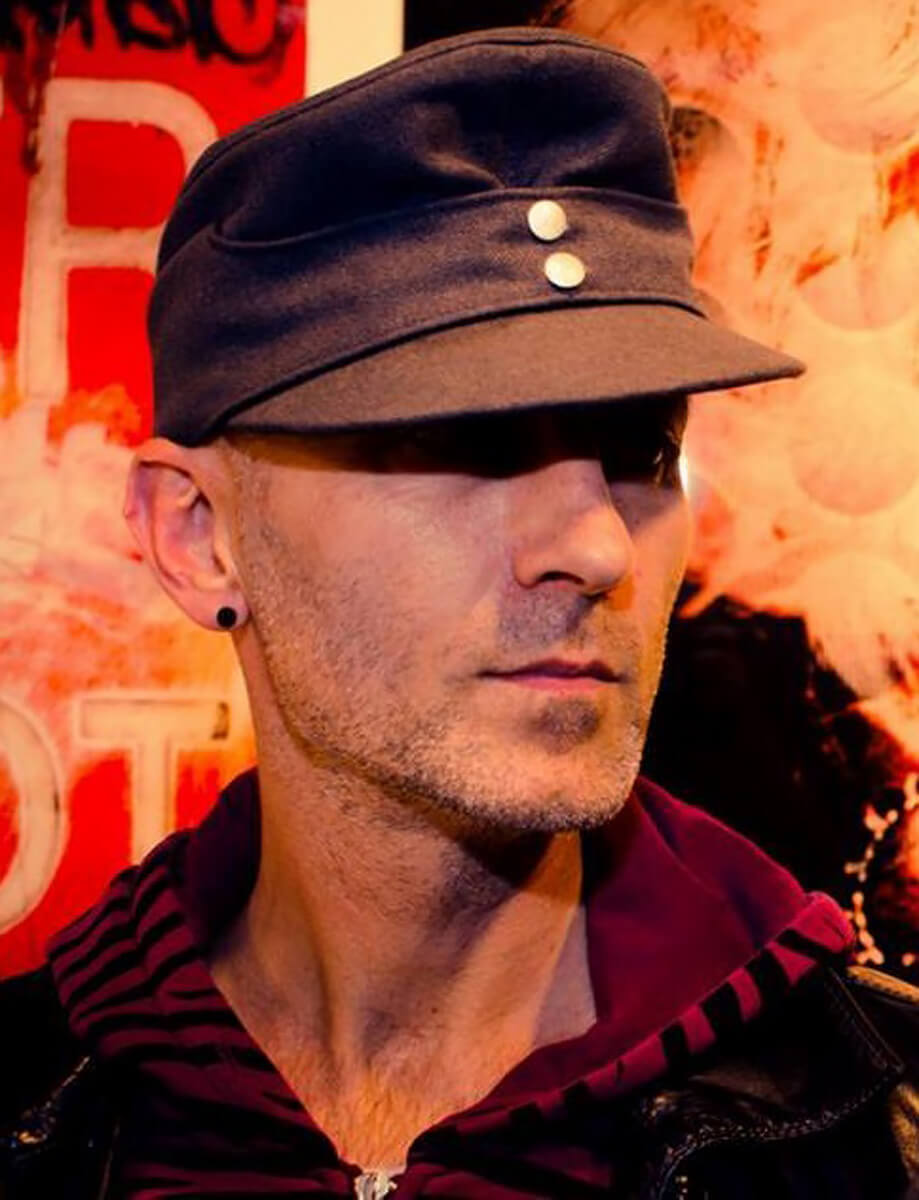Vincent PEAL was born in 1976 in Brussels - Belgium.
After a music career with the band EMMA PEAL, signed to the international PIAS - label, Vincent Peal now essentially dedicates his energies to the visual realm.
He produced a number of super 8 video clips in NY, Londo n, Berlin...and made a documentary about the outcast living in Brussels.
Some of his pictures of the Bombay slums and the problems surrounding the pollution on West Africa's beaches were selected for the World Expo 2010 in Shanghai in the "World Water Pavilion".
In 2015 he released a book "Brussels Open City" a portrait of the inhabitants of the capital of Belgium.
In 2018, with the same publisher "Les Editions de Juillet" based in France he realized his second photography book "World News" about people he met during his different journey around the world.
Today on the street I saw dozens of faces, each one telling a story, amazing stories, rugged, beautiful, funny and sometimes complicated, but always in those faces there is another universe to discover.
